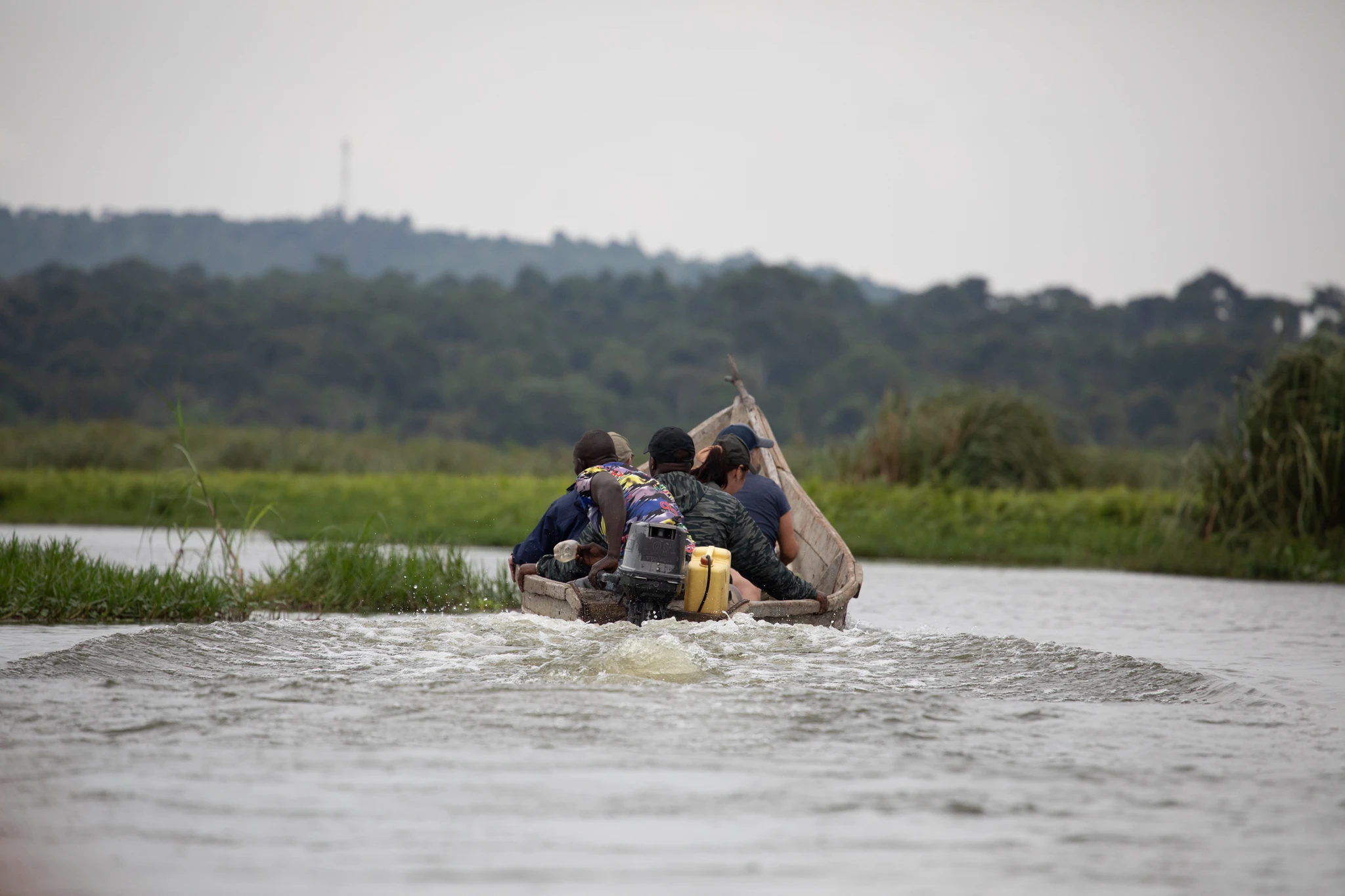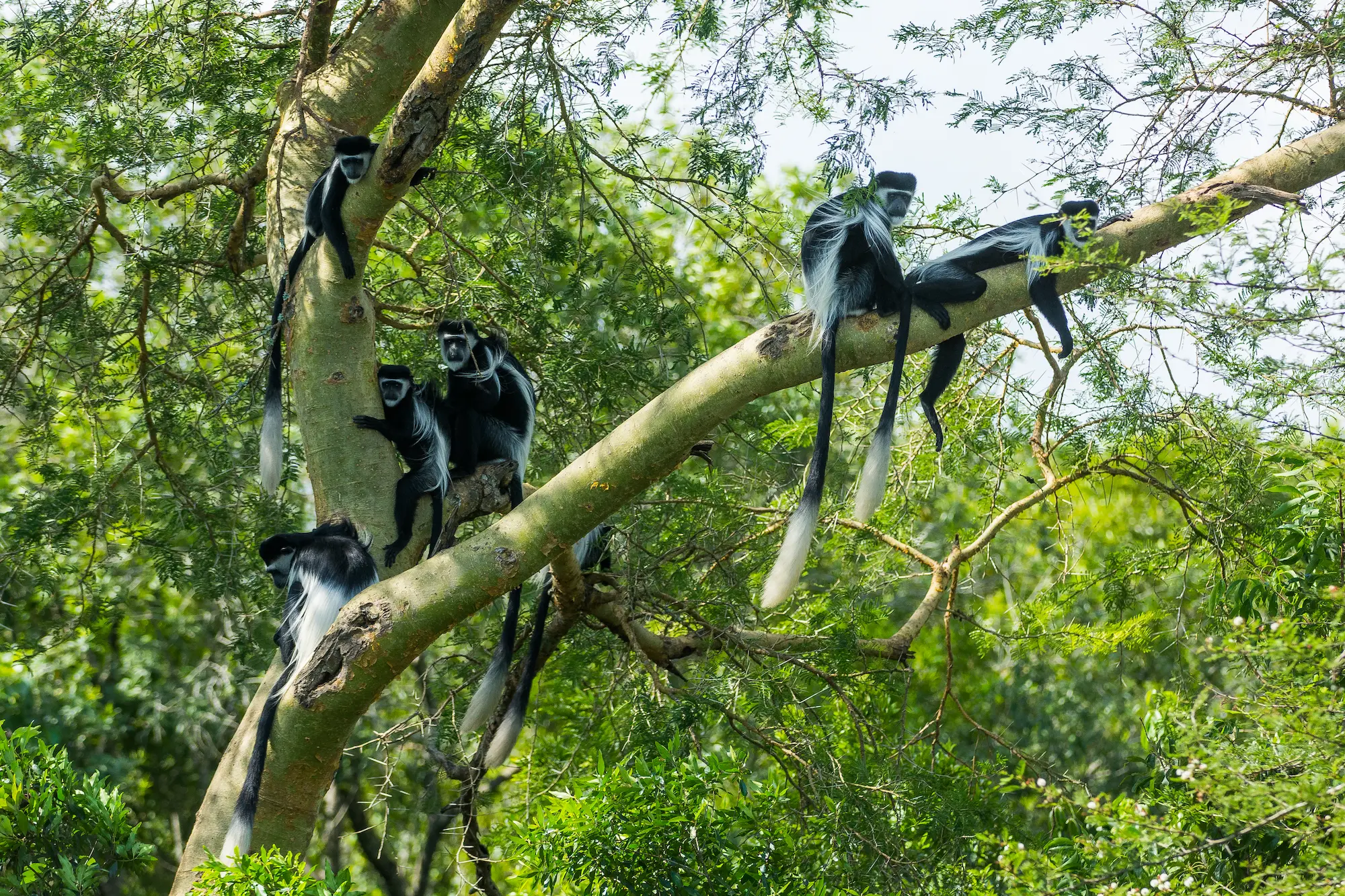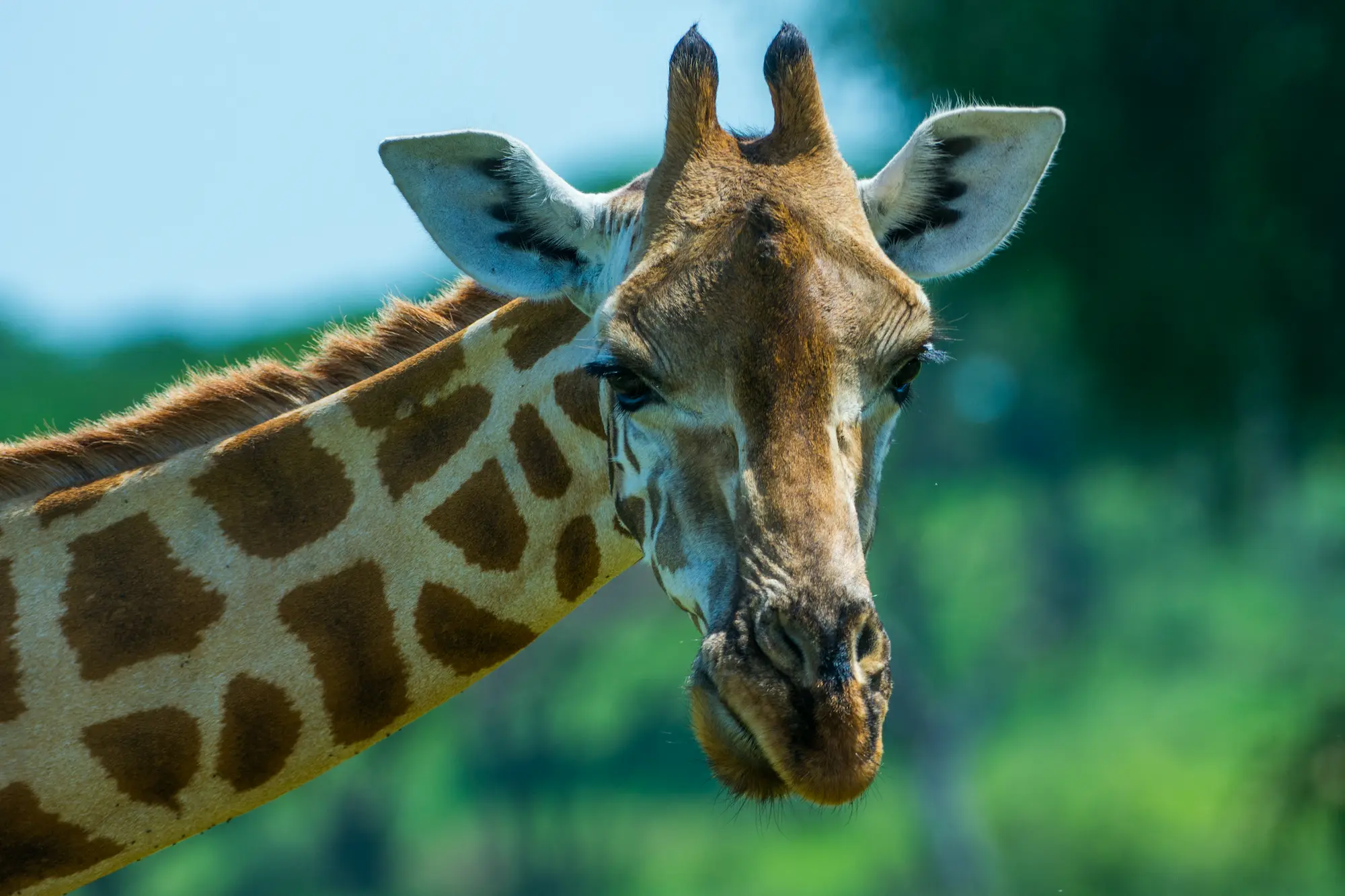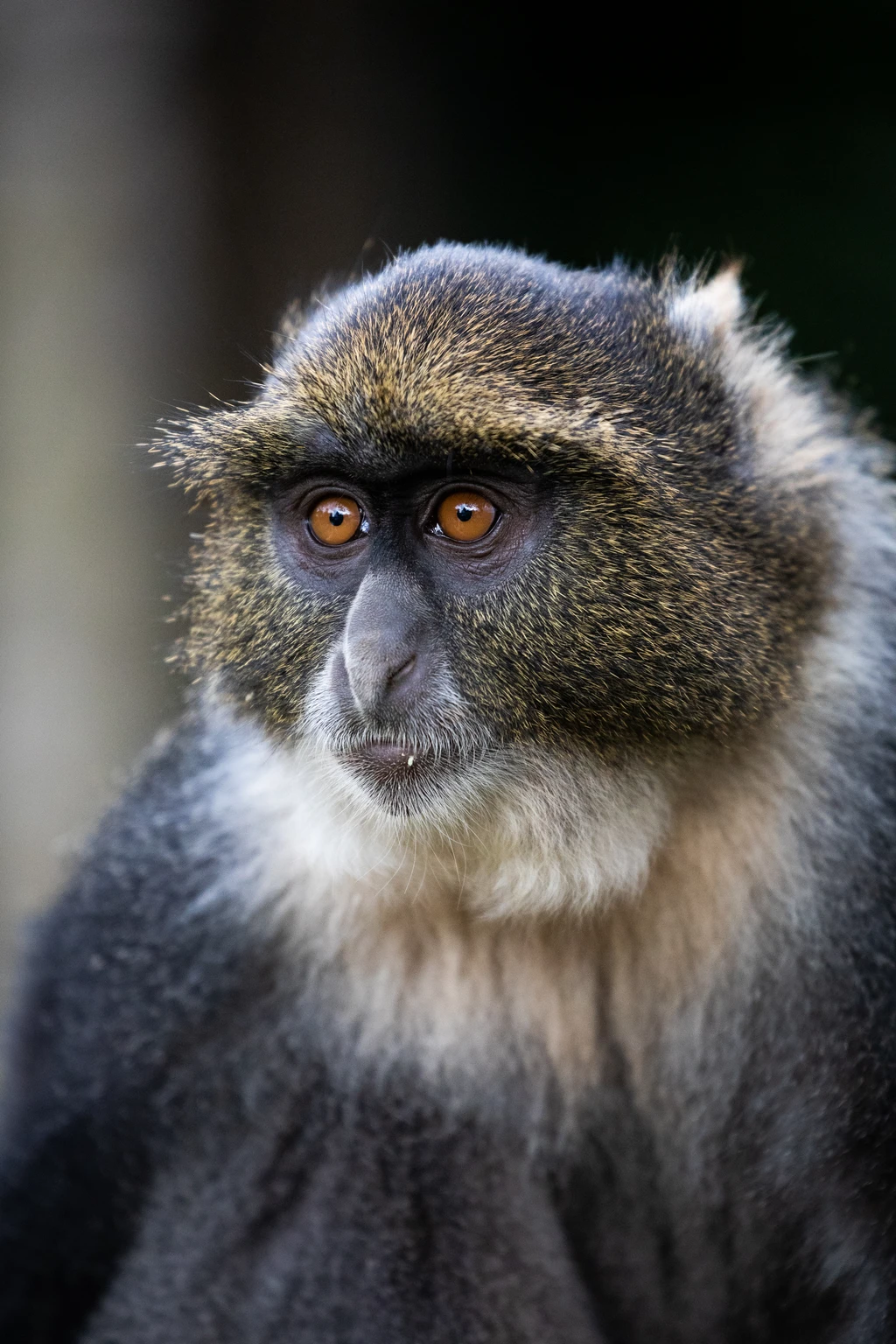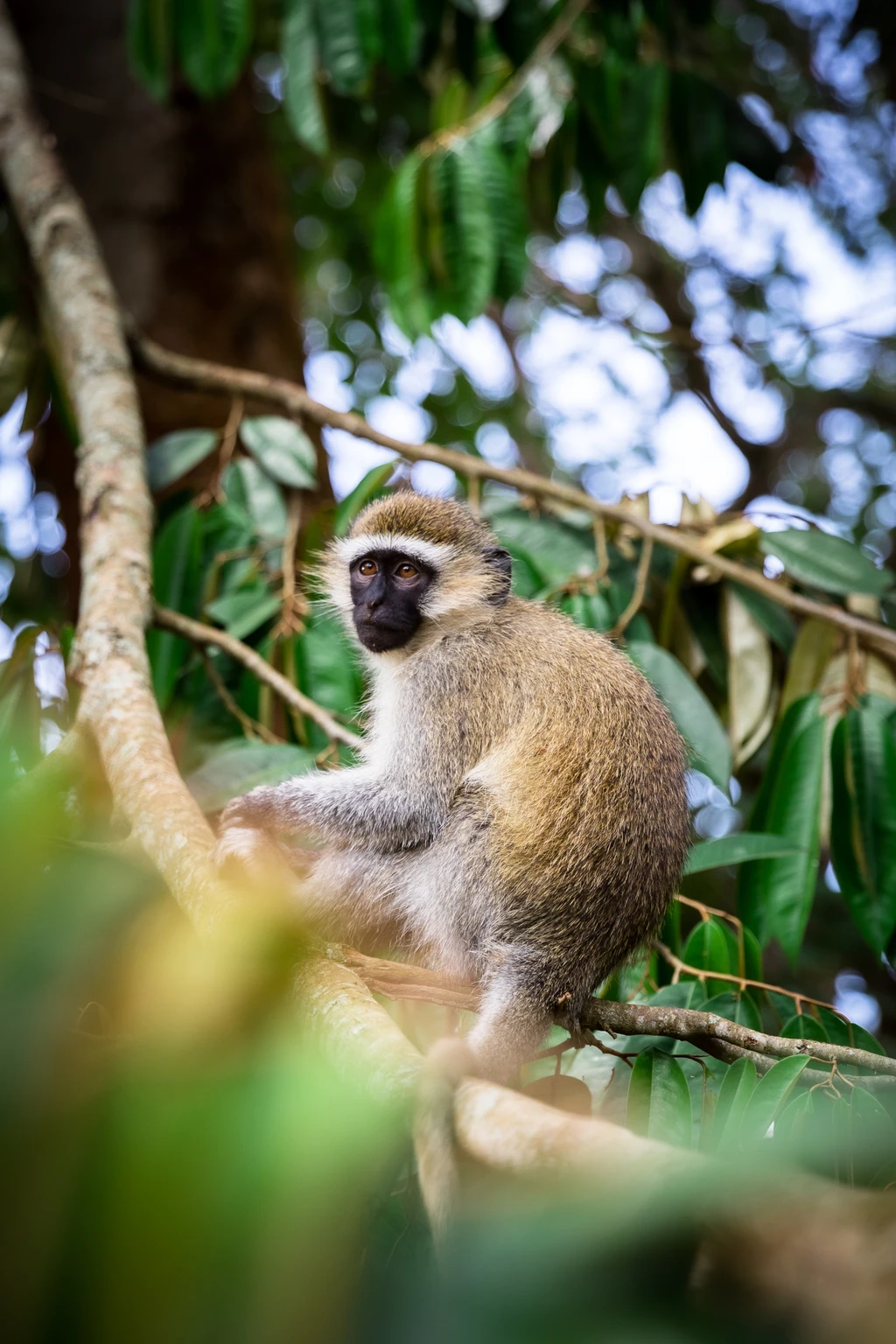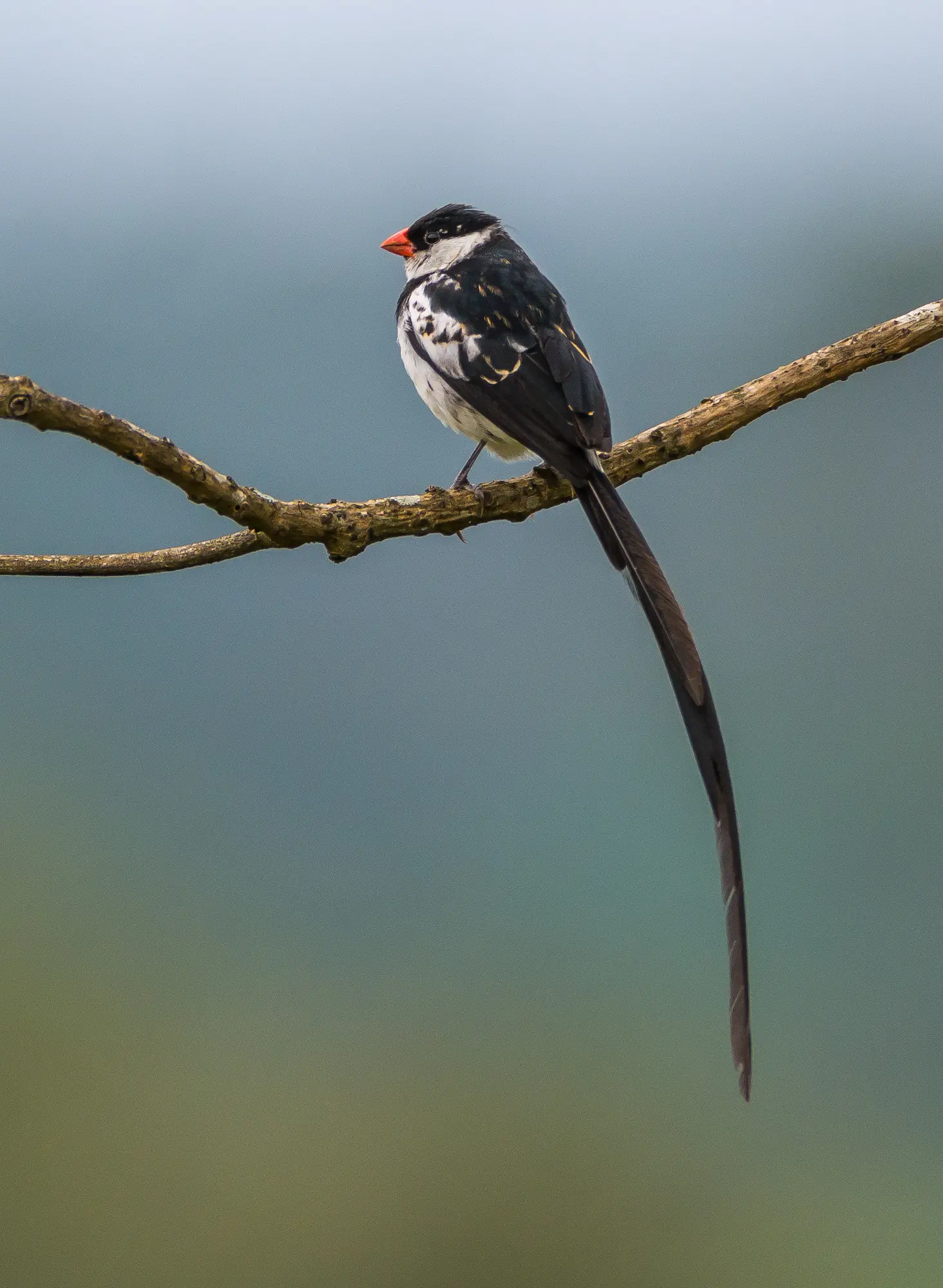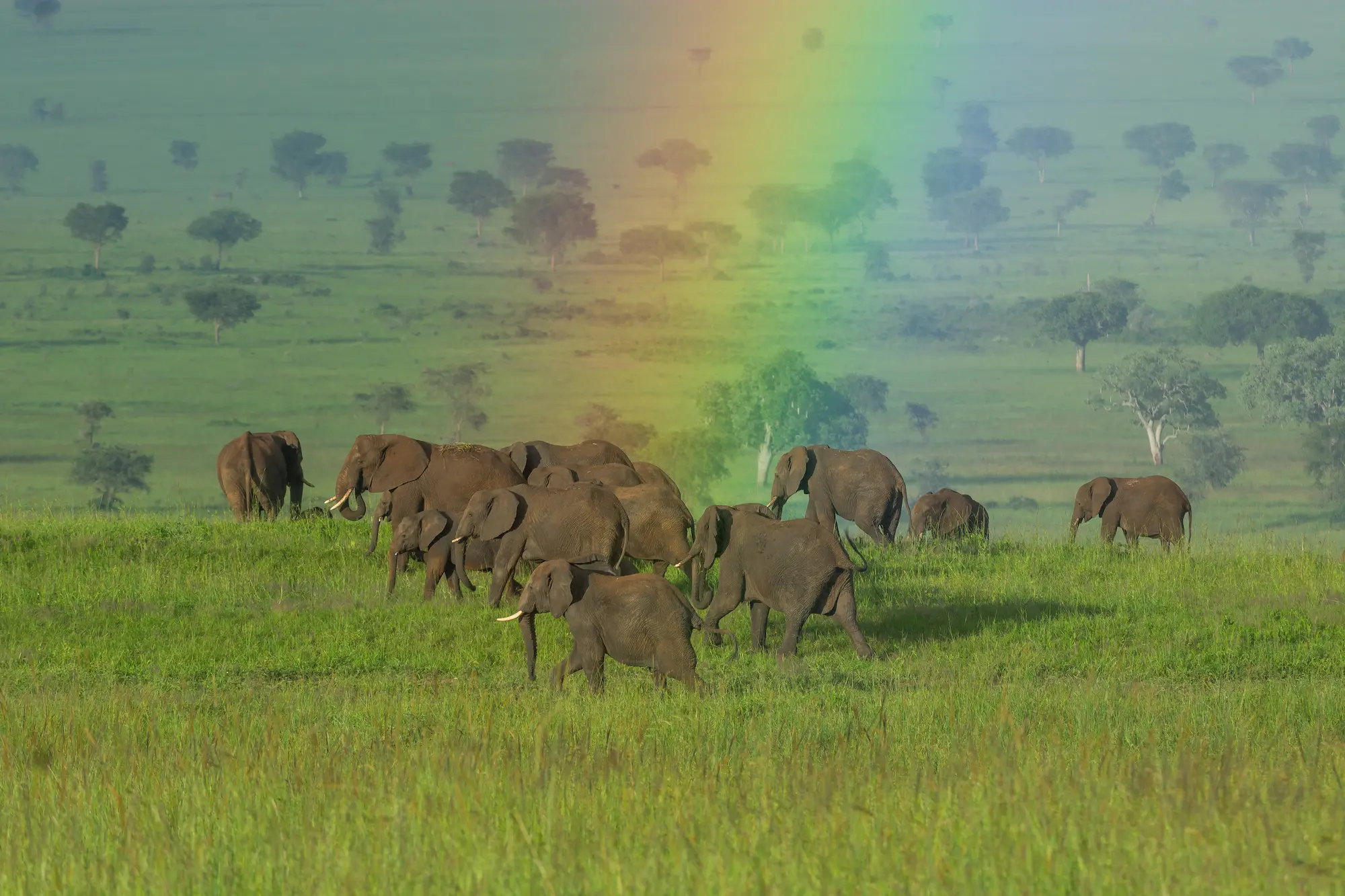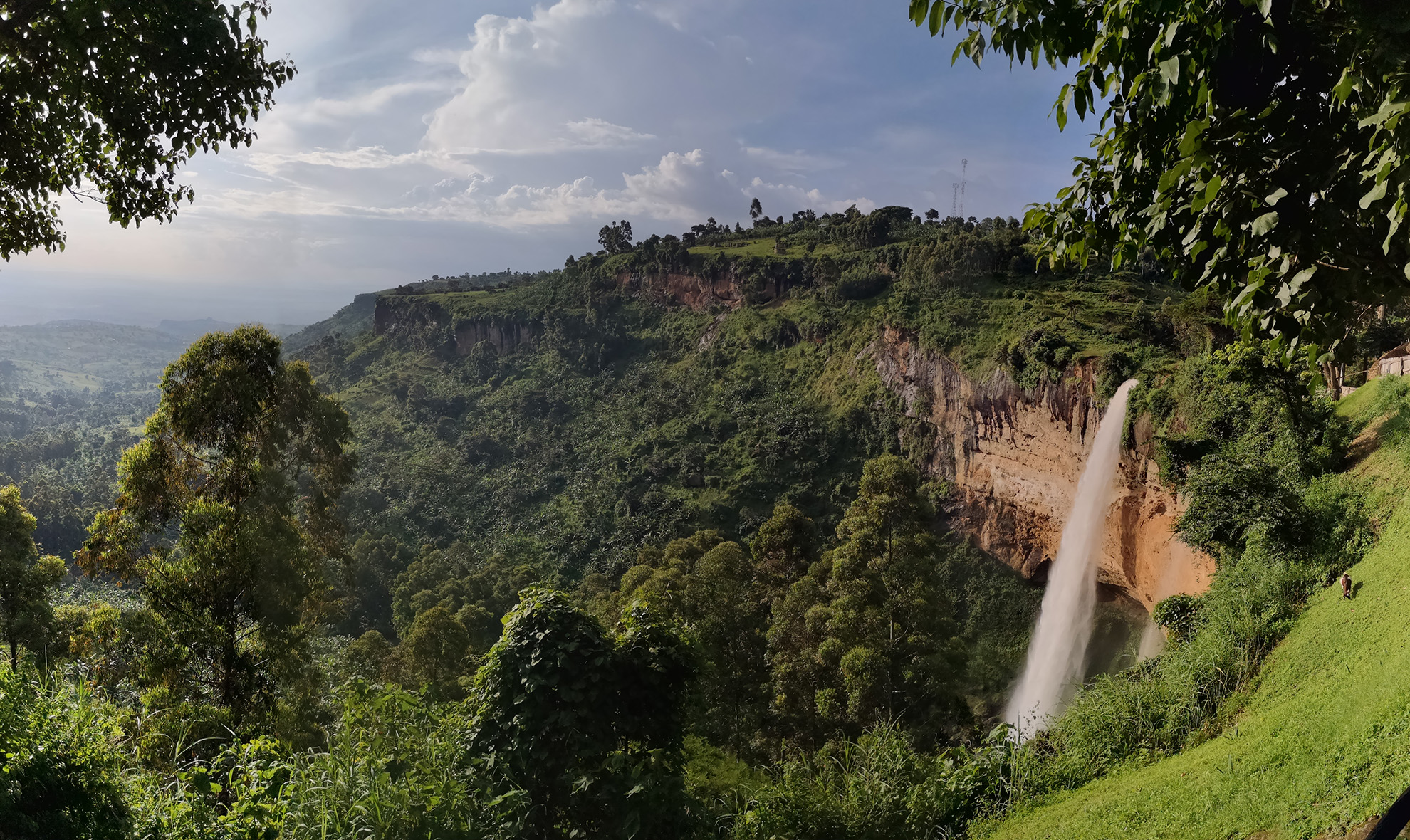Kibale National Park is renowned as the premier destination in the country for chimpanzee tracking. However, chimpanzees can also be found in Budongo, Kalinzu, Kyambura Gorge, and at the Ngamba Island Chimpanzee Sanctuary, nestled in the heart of Lake Victoria.

Covering an area of 795 square kilometres, Kibale National Park boasts a diverse and stunning tropical forest that rises to an elevation of 1590 meters above sea level. Within this habitat, up to 13 primate species coexist, with chimpanzees being the star attraction, estimated at around 1500 individuals, making it the prime location for their tracking.
In addition to chimpanzees, the park is home to populations of other species such as L’Hoest’s monkeys, red colobus monkeys, black and white colobus monkeys, red-tailed monkeys, blue monkeys, olive baboons, and grey-cheeked mangabeys, as well as galagos and pottos. Although more elusive, visitors may also encounter buffaloes, leopards, forest elephants, and duikers, along with various amphibians and reptiles.
Kibale is a haven for bird enthusiasts, boasting 325 different bird species, including 6 that are endemic to the Albertine Rift Valley. Notable species include the dark-capped crimsonwing, black-capped apalis, blue-headed sunbird, collared apalis, red-faced woodland warbler, and purple-breasted sunbird. Specialties within the park include the green-breasted pitta, African pitta, black bee-eater, Abyssinian thrush, yellow-spotted nicator, little greenbul, black-eared ground thrush, yellow-throated tinkerbird, blue-breasted kingfisher, and the majestic crowned eagle.
Chimpanzee tracking is a highlight activity for park visitors. It is conducted from the Kanyanchu Visitor Center with two daily departures, at 8:00 in the morning and 3:00 in the afternoon. Each tracking group consists of a maximum of 6 people, and the activity lasts 2 to 3 hours.
